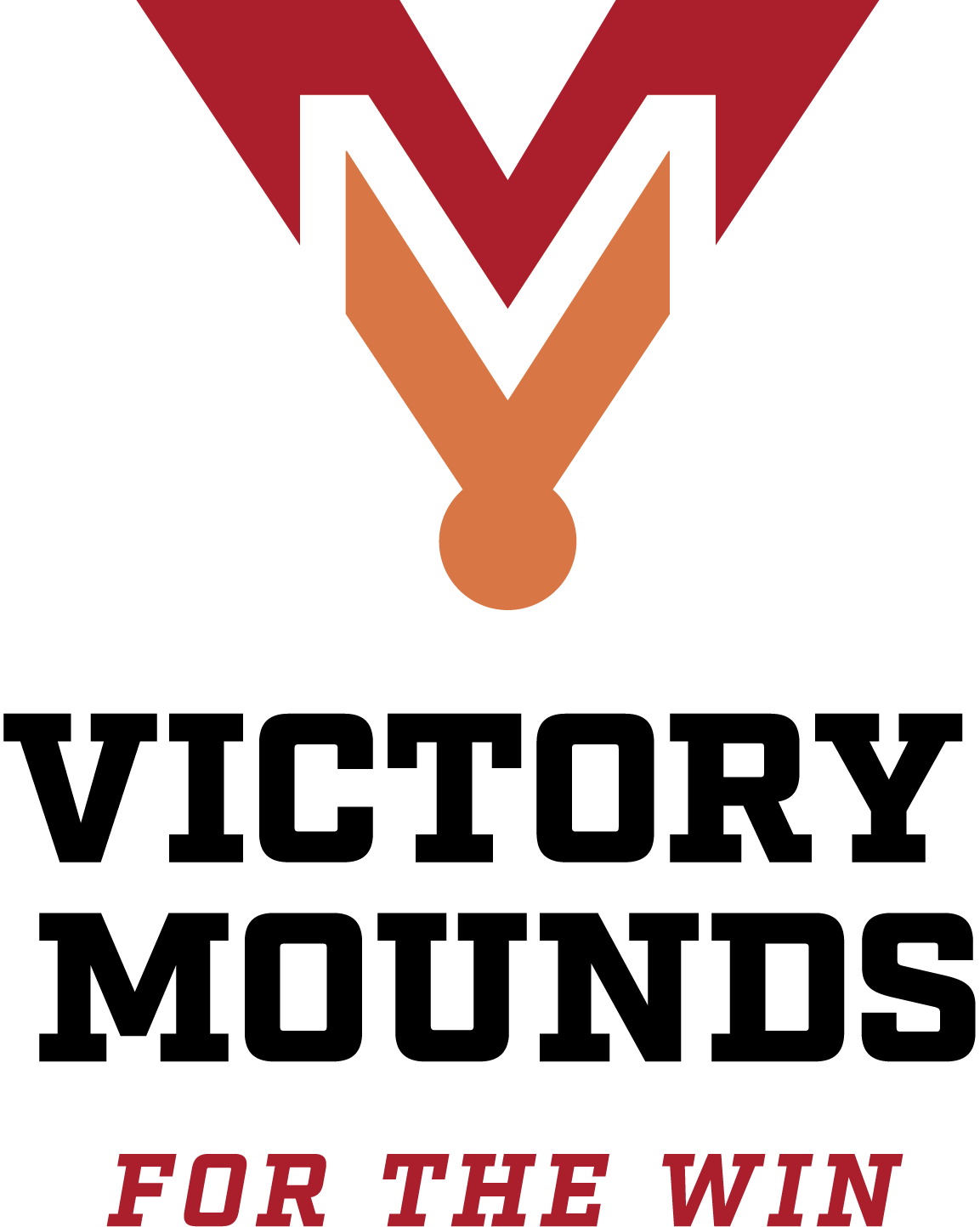For some people, their involvement with the game of baseball ends somewhere between the end of Little League and high school. They have some fun, win some games, and make a lot of great memories.
Many of those who truly love the game can’t and won’t stop, as we all know. They pick up their love in baseball later on by joining a softball league, which is great fun and a way to make even more memories.
To do that, though, they need the right equipment. Outfitting a team and getting the equipment right is serious business that demands serious gear, so let’s take a look at what you need to win and play the game the right way.
Pitching Rubbers for Softball Pitching
Softball pitching is very different from baseball pitching, but the size of the rubber remains the same. It’s still 24 x 6 inches, and softball pitching rubbers are made of the same hard rubber compound.
The rules related to the rubber are the same as well. Softball pitchers must start with their pivot foot in contact with the rubber, and that contact must be maintained throughout their delivery. Pitchers can turn or slide as they deliver the ball, but their foot must always be in contact.
Home Plate and Bases for the Field
As a general rule, softball bases have the same width as baseball bases, which is a length and width of 15 inches. First base is the exception, however—it’s double the size of the other bases, with an overall width of 30 inches.
The base paths are also shorter in softball. In regular baseball, they’re 90 feet, but in softball the base baths are only 60 feet.
What Makes Softball Bases Different?
The biggest difference between softball bases and those used in regular baseball is the size of first base, which is made larger for safety reasons.
Softball Pitching Isn’t as Simple As People Think
Pitching in softball is different from simple throwing because of the motion, which is underhand. It’s a lot different than slow pitch softball, which stars with a soft, underhanded lob.
As a result softball pitchers need strong hips and shoulders to create the necessary whip motion while maintaining the accuracy necessary to get hitters out.
Using a Pitching Rubber for Softball
Pitchers use the pitching rubber in similar ways in baseball and softball. The main idea is to drive with the push off leg to generate speed and power.
There are differences, however, due to the fact that softball pitchers are throwing underhand. The idea in softball is to generate what’s called “the whip,” which is a fast underhand motion that makes the best softball pitchers capable of surprising speeds.
The Physical Difference Between Baseball Pitchers and Softball Pitchers
Because of the differences in softball and baseball pitching, the pitchers work on different strengths and skills.
Softball pitchers derive a lot of their power from their hips, while baseball pitchers use their legs and arm strength to generate speed.
The common thread is the work ethic. It takes a lot of time and effort to master baseball or softball pitching, and there are no shortcuts.
Pitching Mounds and the Pitching Rubber in Softball
The pitching mound in softball is definitely different. It’s often known as the pitching circle, and it’s flat. Softball pitching circles have an overall diameter of 16 feet, and these circles are flat. That means pitchers have to use a completely different delivery to get power and speed.
The Softball Field: Why Keeping it in Top Condition Matters?
Softball is typically played on an all-dirt infield, which changes the game itself in many ways. The ball bounces differently on dirt, and as a result it has to be carefully maintained.
That means raking the field with special mats, and applying conditioners to soften the dirt. It’s a completely different process than maintaining a grass infield, and at the highest levels softball groundskeepers are just as specialized as their baseball counterparts.
What Goes Into Making a Pitching Rubber?
Pitching rubbers are made of solid rubber with a hollow core, and that core typically has a width or diameter that is approximately 50 percent of that of the block as a whole.
The rubber has a very specific hardness and tensile strength, and pitching rubbers are typically made using injection molding. The machines that make them are very specialized, and once they’re made pitching rubbers are anchored by a combination of metal and concrete.
Using a Pitching Machine in Softball
Many fans and players don’t realize that pitching machines are used in baseball and softball. Most have seen a conventional baseball pitching machine, which uses a mechanical arm to replicate the pitcher’s delivery.
Software pitching machines do this as well, but they replicate a different motion—specifically, the underhand delivery. The balls are also larger and heavier, but they can still deliver pitches at up to 70 miles per hour.
Pitching Rubber Distance in Softball
The pitching rubber for young players start at 35 feet, and this number rises to 40 feet away from home plate for teams with players that are 14 and under. That distance goes up to 43 feet for 15 and up teams.
Because this distance is so much shorter than that of regular baseball, softball pitching speeds can be very deceptive.
Softball pitchers use the pitching rubber to generate pitch speeds of up to 70 miles an hour, which doesn’t sound like a lot until you realize how close the pitcher is standing.
Pitching Rubbers for Baseball and Softball
While the rubber slab used for pitching rubbers is the same in baseball and softball, the way those rubbers are integrated into the equipment is somewhat different.
Baseball mounds have a much larger and more specific slope that incorporates a pitching rubber, while software mounds are often flat circles. As a result, the practice and game mounds to support these rubbers are very different.
The Victory Mounds and the Pitching Rubber
We’ve been making quality baseball equipment for years, and we have a lot of expertise. We can help you with bases, the pitching rubber, and every other aspect of your baseball equipment and field needs. We’ll answer your questions, as a few of our own about your program and needs, then recommend a product. The number to contact us is 800 835 9460 to get the process started. You can also go to VictoryMounds.com to learn more about our products. If you’d prefer to email, you can contact is at info@victorymounds.com

